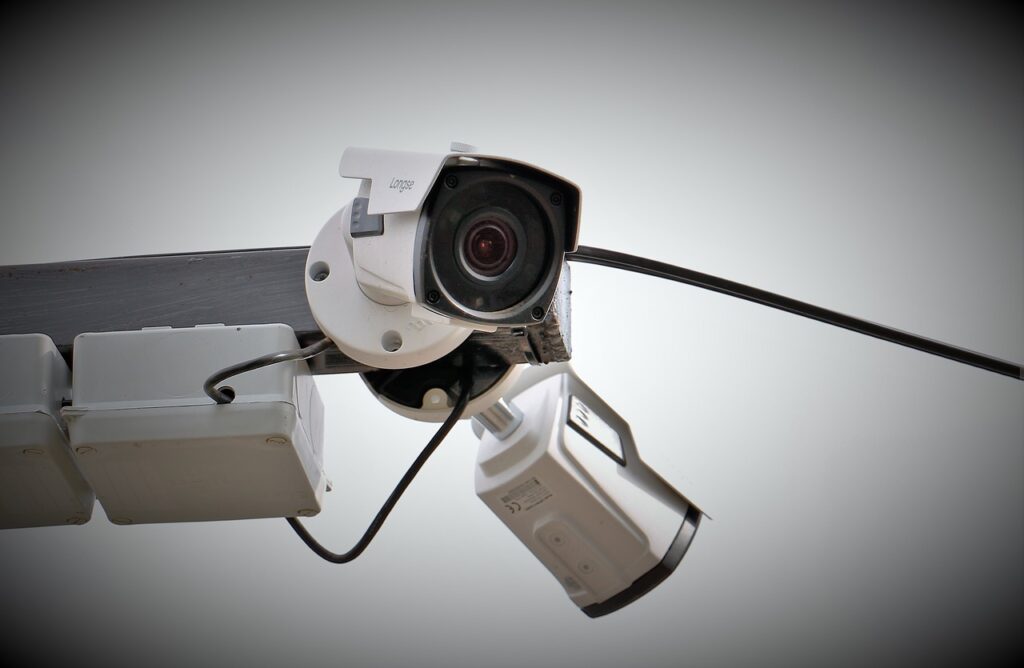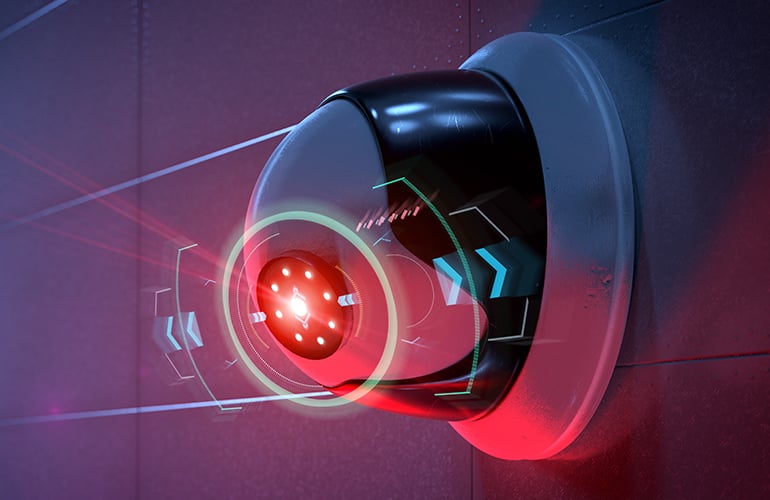CCTV cameras, also known as closed-circuit television cameras, are surveillance devices that are used to capture and transmit video signals to a specific set of monitors or recording devices. They are widely employed for security, monitoring, and surveillance purposes in various settings such as homes, businesses, public areas, and transportation systems. Here is some information about CCTV cameras:
Types of CCTV Cameras:Dome Cameras: These cameras have a dome-shaped housing and are often used in indoor environments. They offer a discreet surveillance solution and provide a wide viewing angle.

- Bullet Cameras: Bullet cameras are cylindrical in shape and commonly used for outdoor surveillance. They are designed to withstand harsh weather conditions and are easily noticeable.
- PTZ Cameras: PTZ (Pan-Tilt-Zoom) cameras are motorized cameras that can be remotely controlled to pan, tilt, and zoom. They offer flexible monitoring capabilities and are commonly used in large areas.
- Day/Night Cameras: These cameras can capture clear video footage both during the day and at night. They utilize infrared technology to capture images in low-light conditions.
- Thermal Cameras: Thermal cameras use thermal imaging technology to detect and capture heat signatures. They are often used in applications that require monitoring in complete darkness or challenging weather conditions.

2. Key Components:
- Camera: The camera captures video footage and converts it into an electrical signal.
- Lens: The lens focuses the light onto the camera’s image sensor, determining the field of view and level of detail.
- Image Sensor: The image sensor converts the optical image into an electrical signal.
- Monitor/Recorder: The monitor displays the live video feed, while the recorder saves the footage for later review.
- Cables and Connectors: These components transmit the video and power signals between the camera, monitor, and recorder.
3. Benefits of CCTV Cameras:
- Deterrence: CCTV cameras act as a visible deterrent to potential criminals or intruders.
- Crime Prevention and Investigation: The presence of cameras can help prevent crimes, and recorded footage can be used as evidence in investigations.
- Surveillance: CCTV cameras provide real-time monitoring of areas, allowing operators to respond promptly to suspicious activities or emergencies.
- Remote Monitoring: Many modern CCTV systems offer remote access, enabling users to view live or recorded footage from their smartphones or computers.
- Workplace Monitoring: CCTV cameras can be used in workplaces to monitor employee safety, ensure compliance with regulations, and enhance productivity.

4. Privacy and Ethical Considerations:
- The use of CCTV cameras raises privacy concerns, as they capture and record people’s activities in public or private spaces.
- It is important to follow legal and ethical guidelines when deploying CCTV systems, including obtaining consent when necessary and ensuring that the cameras are not used for intrusive purposes.
- Proper storage and handling of recorded footage should be implemented to protect individuals’ privacy.
It’s important to note that laws and regulations regarding the use of CCTV cameras may vary depending on the jurisdiction. It’s advisable to familiarize yourself with the relevant regulations in your area when installing and operating CCTV systems.
